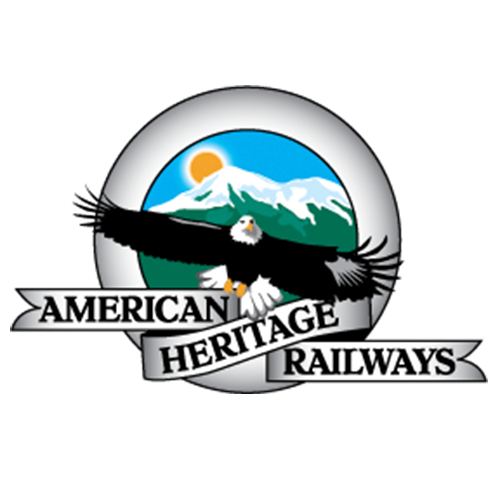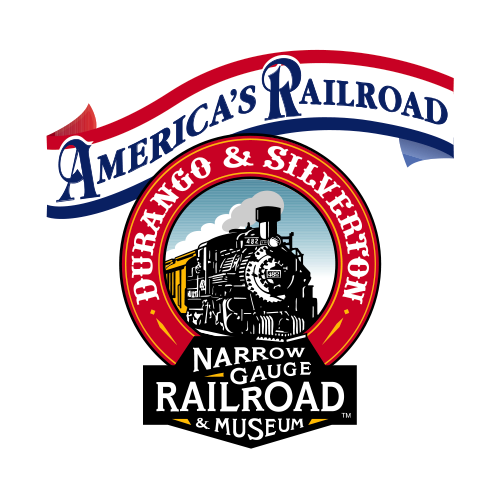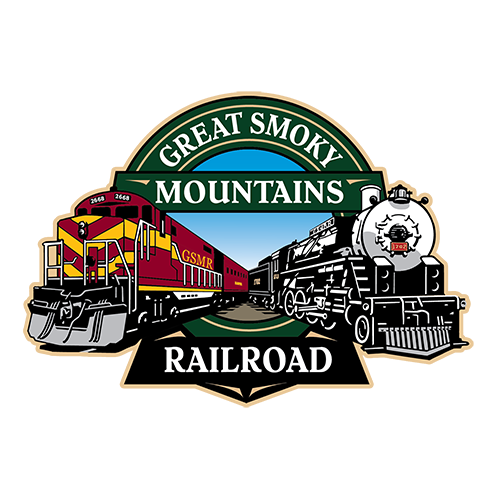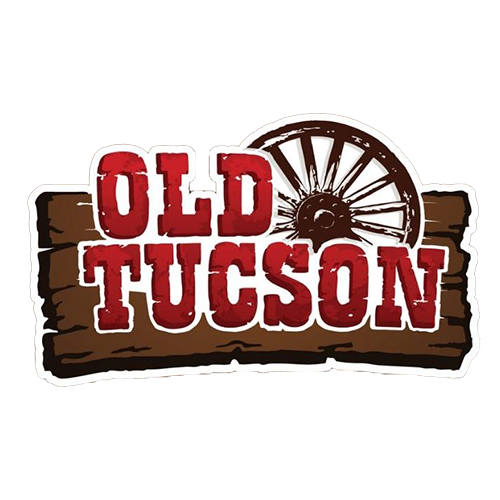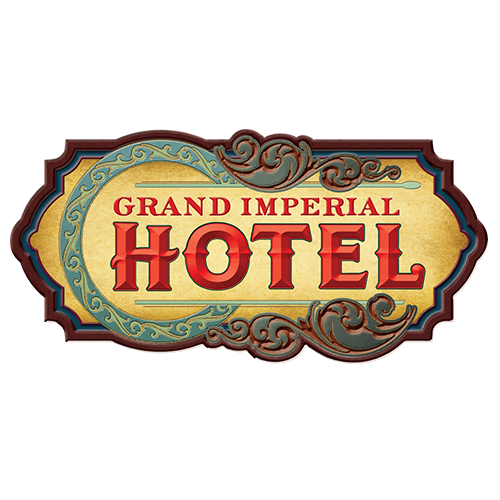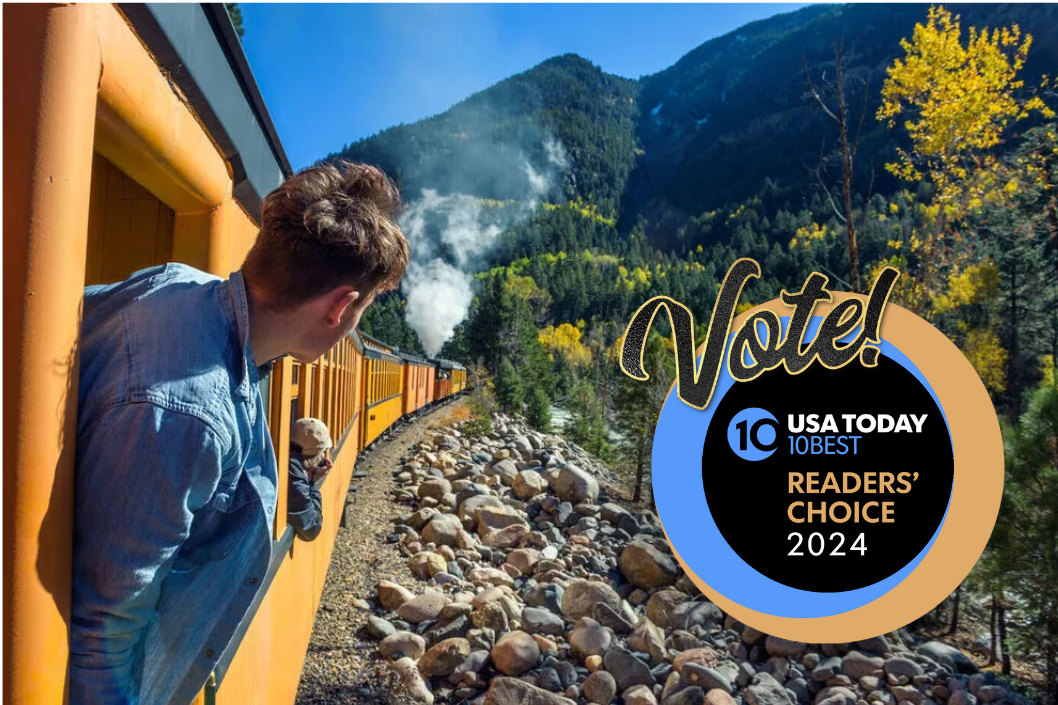Train History
Durango was founded by the Denver & Rio Grande Railway in 1880. The railroad arrived in Durango on August 5, 1881 and construction on the line to Silverton began in the fall of the same year.
Durango was founded by the Denver & Rio Grande Railway in 1880. The railroad arrived in Durango on August 5, 1881 and construction on the line to Silverton began in the fall of the same year. By July of 1882, the tracks to Silverton were completed and the train began hauling both passengers and freight.
From the very beginning, the railroad was promoted as a scenic route for passenger service although the line was constructed primarily to haul mine ores, both gold and silver, from the San Juan Mountains. It is estimated over $300 million in precious metals has been transported over this route.
By 1885 the population of Silverton had grown to 1100 and Otto Mears completed the toll road to Ouray and additional narrow gauge track out of Silverton was laid down in 1887. In 1893, 10 large mines in the Silverton district were forced to close when silver prices dropped from $1.05/oz to $.63/oz. Just three years later the Yankee Girl and Guston Mines played out. In Durango, the fire of 1889 virtually destroyed downtown and the first automobile arrived by train in 1902. By 1906, Mesa Verde was designated a National Park, increasing the potential for tourism promotions.
Throughout the next twenty years the railroad faced many challenges; slides, floods, snow, war and financial instability. When the US Government entered WW I, it assumed operation of the railroad. Shortly after resuming control of railroad operations, the D&RGW reorganized due to financial difficulties. Silverton suffered devastating effects from the Spanish Flu Epidemic of 1918 – 10 percent of the population died in just six weeks! In addition, the Gold King Mine closed, the Sunnyside Mine temporarily ceased operations for almost ten years and the Silverton Railroad closed.
With the advent of WW II, the US Government requisitioned narrow gauge equipment to use in Alaska and the smelter in Durango reopened to process uranium for use in the war. The smelter continued to process uranium instead of silver into the late 1940’s due to the Cold War. By 1947 the Silverton branch was in danger of being abandoned. A determined staff stepped in and helped to promote tourism keeping the line alive. Then Hollywood discovered Durango and the railroad. Over the next ten years several movies were filmed in the area showcasing the train: Ticket to Tomahawk, Across the Wide Missouri, Denver & Rio Grande, Viva Zapata and Around the World in 80 Days.
During the latter part of the 1960s, the Durango-Silverton was registered as a National Historic Landmark and was awarded as a National Historic Civil Engineering Landmark. In 1969 the D&RGW abandoned the tracks south of Durango isolating the line and leaving the future of the line in question. Hollywood continued its fascination with the area and the railroad with the filming of Butch Cassidy and the Sundance Kid. As the railroad prepared to celebrate its 100th birthday, Charles E. Bradshaw, Jr. purchased the Silverton branch and with the restoration process complete, engine #481 returned to service after 20 years in retirement.
Throughout the 1980s, the D&SNGRR continued to build on the scenic tourist railroad industry. Engines and coaches began to be weatherized for winter use; a third train to Silverton was added to the schedule along with an alternative fourth train to Cascade Canyon Wye; major track reconstruction occurred as nearly ten thousand ties were replaced. Locomotives #497 and #480 were restored and returned to service, the #497 being the only K-37 to run on the line and the innovative RailCamp was built for use in the summer. In 1985 the D&SNGRR purchased the Silverton Depot, returning it to service. By 1986 there were four trains running to Silverton with a fifth running to Cascade Canyon Wye!
Today the Durango & Silverton Narrow Gauge Railroad continues to provide year-round train service, operating a historical train with rolling stock indigenous to the line. The locomotives used to pull today’s train are either oil-fired or coal-fired steam-operated and diesel. The steam locomotives are 1923-25 vintage and are maintained in top condition. The coaches each feature bathroom facilities and are heated during the winter months for passenger comfort. Open gondola cars provide a panoramic view of the mountains. Concessions are available on every train. The Durango & Silverton is owned and operated by American Heritage Railways.

